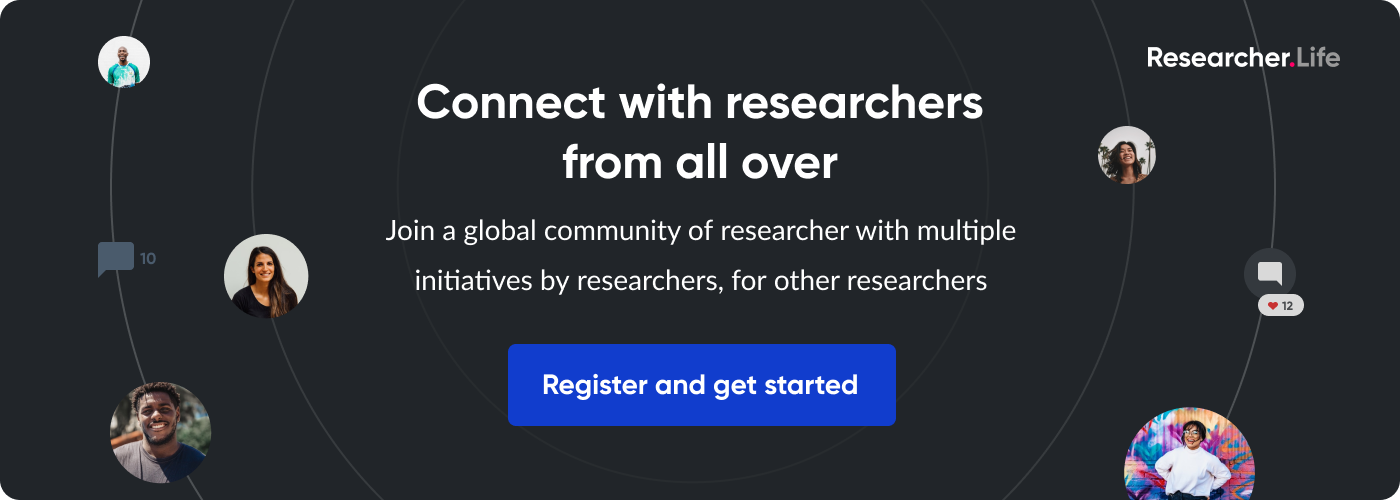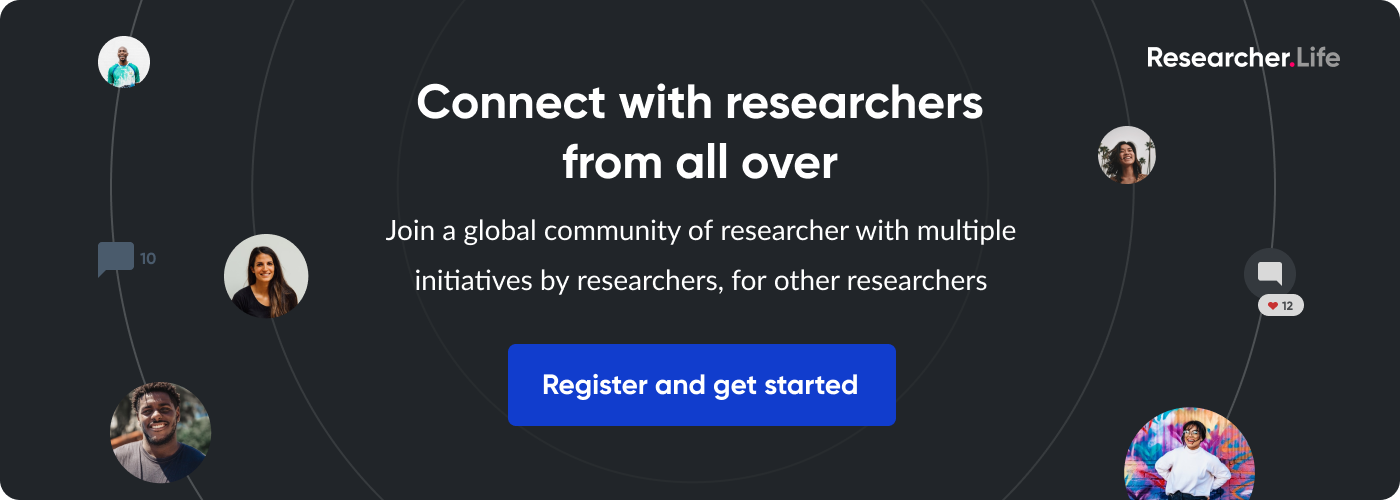Making connections at international conferences

At a typical scientific conference, there are presentations, there are poster halls, there are lunches, there are snack breaks, and there are evening parties. For some researchers, the whole conference experience can almost be like a carnival! They make numerous professional connections that can lead to research collaboration and advancement of their careers.
But for shy researchers, attending a conference, especially a large one, can be an unsettling experience. They may learn from the presentations and posters, and they may also present their own work, but they may also feel awkward being among people they don’t know. During the breaks and social events, they might even get the impression that everyone else is happily conversing and no one wants to talk to them.
The problem is more acute at large-scale international conferences attended by researchers from several countries. In such an environment, English is naturally the common language for communication. Researchers who’re not used to day-to-day interaction in English have to deal with the language barrier in addition to their shyness. As a result, they miss out on making professional connections and return home empty-handed.
What can be done? How can shy scientists with English as a second language make connections at conferences?
First, many scientists are shy people. They are not entertainers who need to be outgoing and engaging all the time! If you look around at a conference, you’ll notice that not everyone is caught up in conversation. And those who seem to be very good at mingling are probably regulars at the conference who happen to meet the same people every year. Instead of trying to approach them, try to look for people like you: scientists who’re perhaps looking for conversation. The next step is more difficult: walking up to them and starting a conversation.
When you walk up to someone, don’t make it seem as though you’re rushing to him or her. Move in slowly, and then break the ice. This can be done through comments on a number of things: the talk you just attended, your impression of the social gathering, your knowledge of the institution the other person works in (after you see his or her badge), or even the drink or snack you’re having. One option is, of course, to simply introduce yourself. But this might come across as dull or even rude to people from some cultures. For example, in the UK, it is common to talk about the weather or surroundings when attempting to start a conversation.
After you break the ice, the rest will follow. You will most likely find that the other person is keen to talk to you and even thankful that you approached him or her.
While you converse, don’t worry about your English fluency, as long as you have some essential fluency. Try to talk slowly and enunciate words, and make sure you ask questions: Where does the other person work? What does he or she do? Has he or she made any presentation at the conference? Then, offer relevant responses: What is it about his or her work that interests you? Have you done any similar work? Do you see any possibilities for collaboration?
There’s a chance you’ll get too caught up in one conversation and not have the time to talk to anyone else. This is when you should try to bring the conversation to a close. For example, you could offer your business card and ask for theirs. Some people like to do this at the start of the conversation, but often there’s no need to do it then because the other person can see your badge. If you offer your business card later, that’s a sign that you wish to keep in touch with the other person and you may want to move on for the time being. In any case, don’t end the conversation abruptly, for this can damage the connection you would have just made.
Once you break the ice a few times with new people and have meaningful conversations, you’ll feel more confident about your networking skills, and this confidence will help you make connections more quickly and easily.
Finally, it is important to remember the faces and if possible the names of the people you meet, for you might bump into them later during the conference. If you don’t greet them or act like you never met them, they might be offended.
After the conference ends and you return to your institution, it’s a good idea to write short emails to the people you met, expressing your delight at having met them and your hope that you will stay in touch and possibly work together. If you’re on a social network like LinkedIn, you could also connect with them that way. All this would help in formalizing the connections you have made, and those you’ve met will be impressed with your courtesy and professionalism.
Related reading:
- Networking through online and offline channels
- 8 Tips for presenting a paper at an academic conference
- How to network at a conference
You may also be interested in reading this:
The complete guide to writing a brilliant research paper
Published on: Oct 16, 2013
Comments
You're looking to give wings to your academic career and publication journey. We like that!
Why don't we give you complete access! Create a free account and get unlimited access to all resources & a vibrant researcher community.

Subscribe to Career Growth










